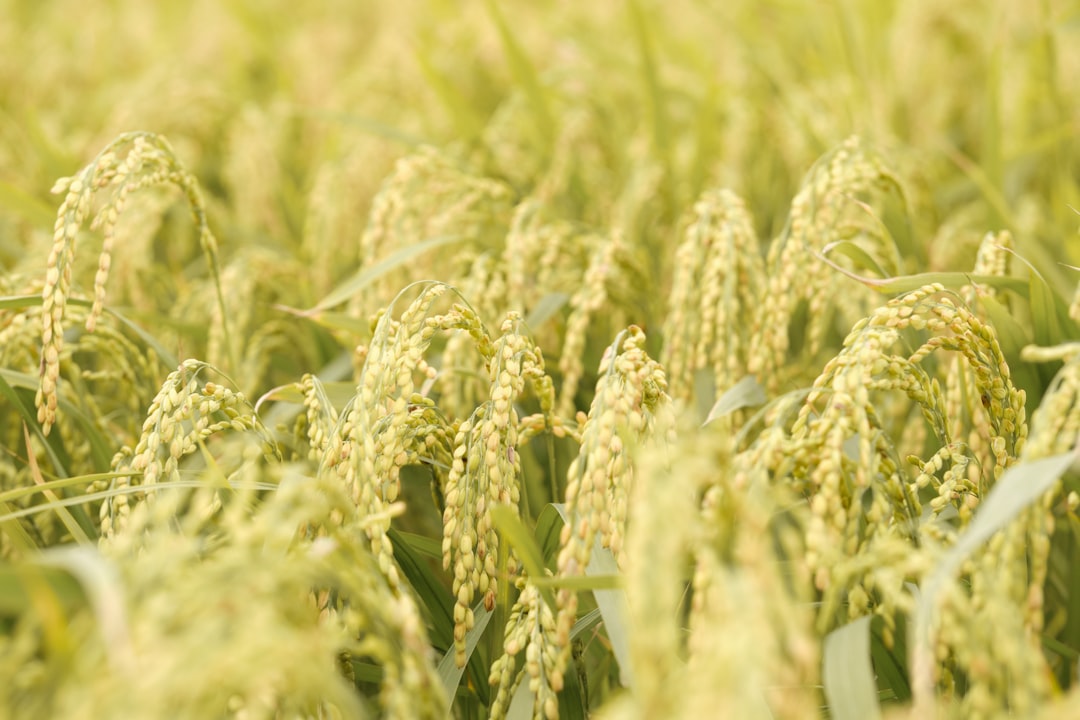What is it about?
Disinfected mature seed embryos of Picralima nitida, were cultured in MS medium supplemented with different concentrations and combinations of 2,4-D, BAP and NAA to determine an efficient protocol for in vitro propagation. Nine culture media made of combination of different components were used in a factorial design with three replications. Results showed up to 80 ± 4% disinfection rate with combination of triton x- 100 (0.2%) and sodium hypochlorite (30%). Embryo germination was highest on control medium. Rooting was higher (2±1 roots per embryo) after 4 weeks on control medium and on BAP supplemented medium at 0.8 μM while the longest root (1.5±0.5 cm) was observed on 2,4-D supplemented medium at 1.8 μM. Black soil was suitable for leaf formation (4 ± 2 leaves) and shoot elongation (2±1 cm) after 8 weeks in acclimatisation.
Featured Image

Photo by Erwan Hesry on Unsplash
Why is it important?
Our findings show efficient disinfection, regeneration and acclimatisation of Picralima nitida.
Perspectives
The physiological conditions favourable for disinfection and in vitro germination and regeneration of Picralima nitida from mature zygotic embryos was established. The disinfection method consisting of 95° ethanol for 30 s and 30% sodium hypochlorite for 10 min as well as 0.2% of Triton X-100 for 8 min and 30% sodium hypochlorite for 10 min provided the highest disinfection success rate. The best rates of germination and rooting of the embryos were obtained without the addition of phytohormones to the culture medium. On the other hand, NAA (1 μM), BAP (0.8 to 2.2 μM), and 2,4-D (1.8 μM) is essential to induce root formation and root elongation. Concerning acclimatisation, it appears that black soil and black soil/sand are favourable substrates for the development of seedlings.
Dr Carine TEMEGNE NONO
University of Yaounde I
Read the Original
This page is a summary of: In vitro Regeneration of Picralima nitida (Stapf). T. Durand & H. using Zygotic Embryo, Plant Tissue Culture and Biotechnology, January 2022, Bangladesh Journals Online (BanglaJOL),
DOI: 10.3329/ptcb.v31i2.57342.
You can read the full text:
Contributors
The following have contributed to this page










